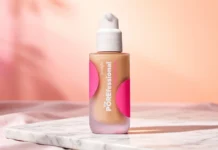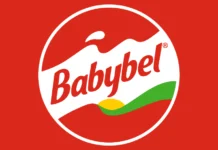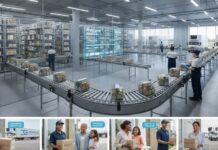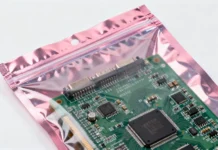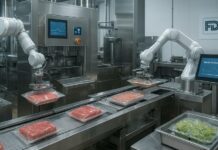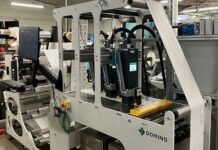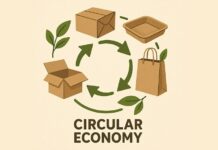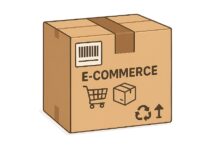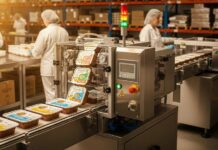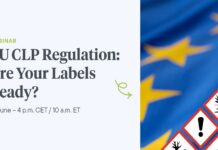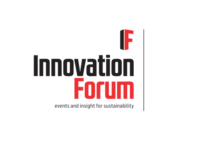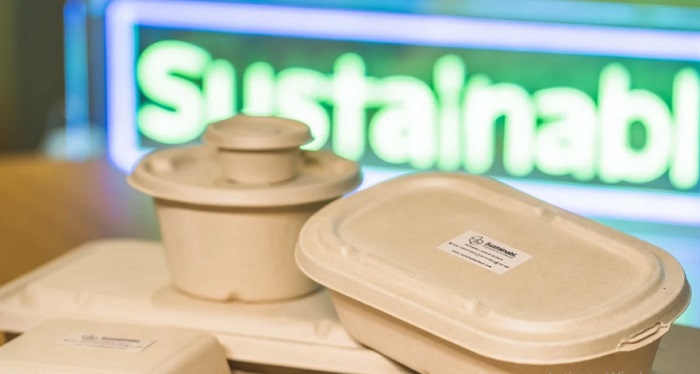The minimalist trend in package design has acquired substantial pace in recent years, coinciding with an era that is characterized by environmental concerns and an increasing emphasis on sustainability.
This style places a focus on minimizing waste, making use of materials that are favorable to the environment, and developing designs that are both efficient and useful.
The most successful businesses are embracing these ideas in order to satisfy the demand of customers for environmentally friendly goods and to lessen their impact on the environment.
The reduction of waste via the streamlining of designs
To reduce the amount of trash produced is one of the key objectives of minimalist packaging. By reducing the quantity of material used in packaging to its necessary components, businesses are able to considerably cut down on total material use.
Therefore, not only does this reduce the expenses of manufacturing, but it also reduces the effect on the environment. For instance, a number of businesses have started to get rid of needless layers of plastic and other materials that are not biodegradable. Instead, they have chosen to prioritize designs that are more streamlined and use less material without sacrificing the level of protection or usefulness they provide.
Not only that, but the transition toward simplicity often necessitates reevaluating the conventional approaches to packing. Several companies are investigating novel approaches to the packaging of their goods. These include the use of flexible pouches as an alternative to rigid containers and the development of packaging that can also serve as a storage solution that can be reused.
The whole user experience is improved as a result of these initiatives, which not only reduce the amount of trash produced but also provide additional value to customers.
Materials that are favorable to the environment
When it comes to the minimalist packaging trend, the selection of materials is an extremely important factor. Recycled paper, biodegradable polymers, and plant-based inks are examples of the sustainable materials that are becoming more popular among manufacturing enterprises.
Not only do these materials lessen the effect that packaging has on the environment, but they also correspond with the ideals that customers who are environmentally concerned hold.
Biodegradable plastics, for example, disintegrate more quickly in the environment than standard plastics, which might take hundreds of years to dissolve. Biodegradable plastics are also more environmentally friendly. Paper that has been recycled is another popular option since it helps to preserve the recycling sector while simultaneously lowering the need for raw materials.
To add insult to injury, plant-based inks do not include any potentially hazardous chemicals, making them a more environmentally friendly and human health-friendly choice.
Additional factors that are contributing to the expansion of minimalist packaging include developments in the field of material science. As an example, experts are working on producing new kinds of packaging that are not only environmentally friendly but also extend the amount of time that items may be stored.
There is a developing trend that has the potential to completely eradicate waste in the business. This trend is edible packaging, which is created from materials such as rice and seaweed.
Effectiveness in the package design process
Minimalist package design places an emphasis on efficiency as its primary goal. This strategy places an emphasis on the development of packaging that is not only visually beautiful but also useful and economical.
By simplifying the packaging process, businesses are able to streamline their manufacturing procedures, which in turn results in shorter turnaround times and cheaper costs.
The use of flat-pack forms is an illustration of an effective mode of package design. Because of these designs, items may be delivered and kept in a more compact manner, which results in a reduction in the expenses of transportation as well as the carbon footprint that is connected with shipping.
In the furniture business, where it has revolutionized the method in which items are delivered to customers and assembled by them, flat-pack packing has become especially popular.
The use of modular designs is yet another facet of efficiency that should be considered. In order to facilitate the process of customizing packaging for a variety of goods, these designs make use of standardized components that are capable of being combined or dismantled with relative ease.
The use of modular packaging not only improves efficiency but also lessens the need for numerous packaging options, which is another way in which it contributes to attempts to decrease environmental impact.
The foreseeable future of uncluttered packaging
The minimalist movement in package design is more than just a passing fad; it signifies a fundamental change in the way that businesses approach packaging. There is a high probability that the need for environmentally friendly and resource-efficient packaging solutions will increase as environmental concerns continue to rise.
When it comes to the design of their packaging, businesses that embrace minimalism are not only able to satisfy the consumer needs of today, but they are also able to position themselves for future success in a market that is becoming more environmentally sensitive.
Education and awareness are two of the most important factors in the development of minimalist packaging. It is possible for businesses to increase the level of acceptability and support for these efforts by educating customers about the advantages of minimalist and environmentally friendly packaging.
The trust and loyalty of customers may also be increased via the use of transparent manufacturing methods and the sourcing of resources.
Significant shifts in the business are being brought about by the minimalist trend in package design, which is ultimately driving these developments. Through the reduction of waste, the adoption of environmentally friendly materials, and the concentration on efficiency, businesses are developing packaging solutions that are not only functional but also environmentally beneficial.
The continued development of this trend offers the promise of a more environmentally friendly and sustainable future for the design of packaging as well as for the environment.



